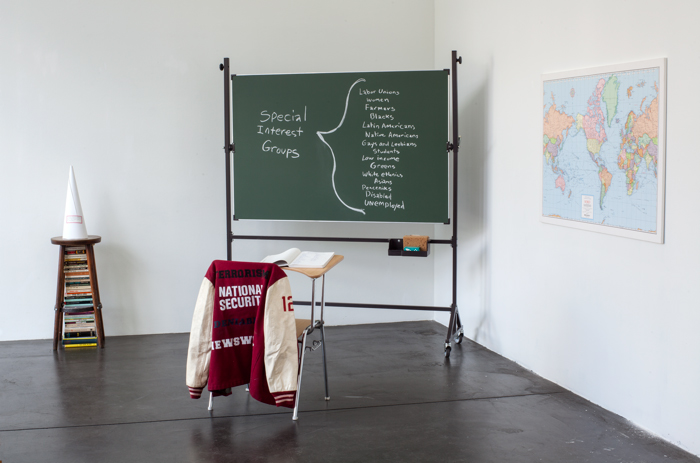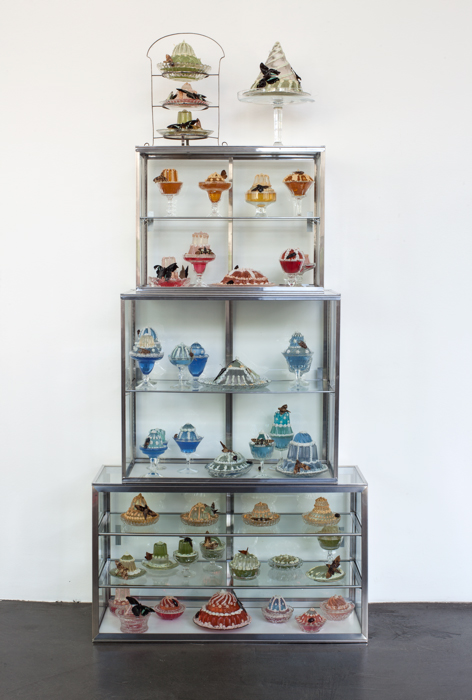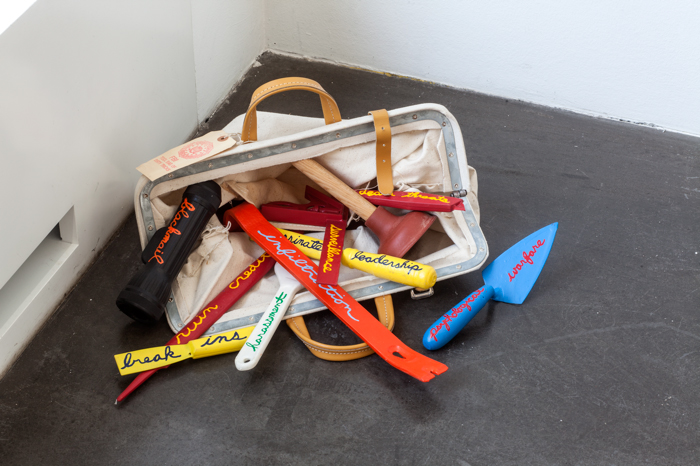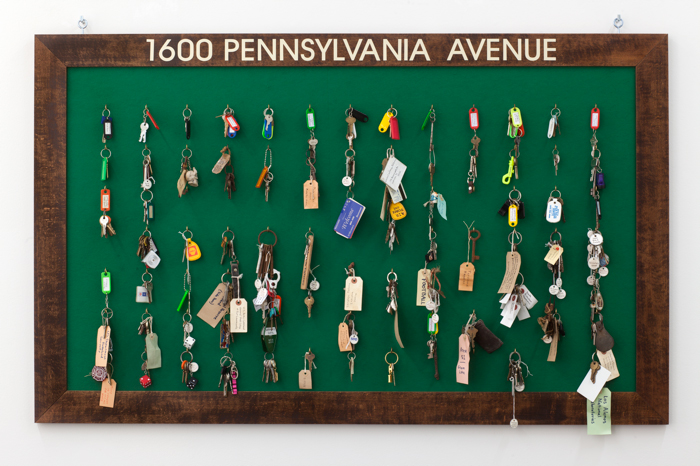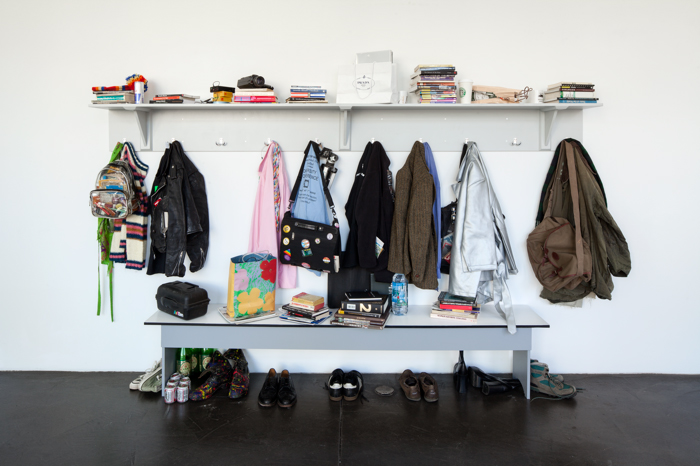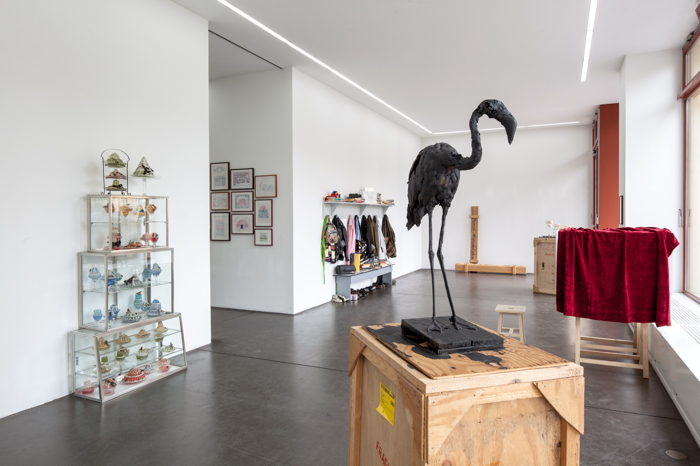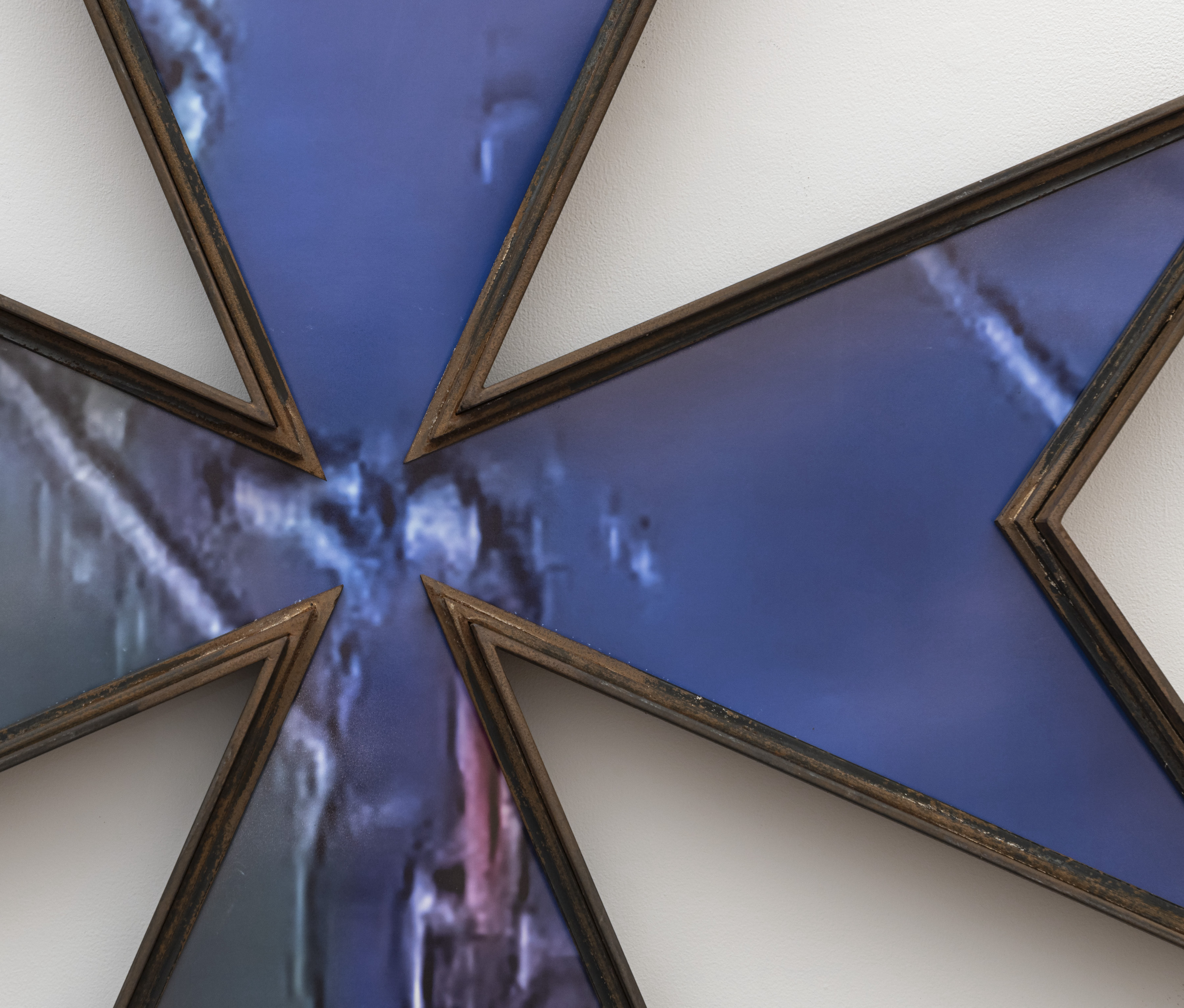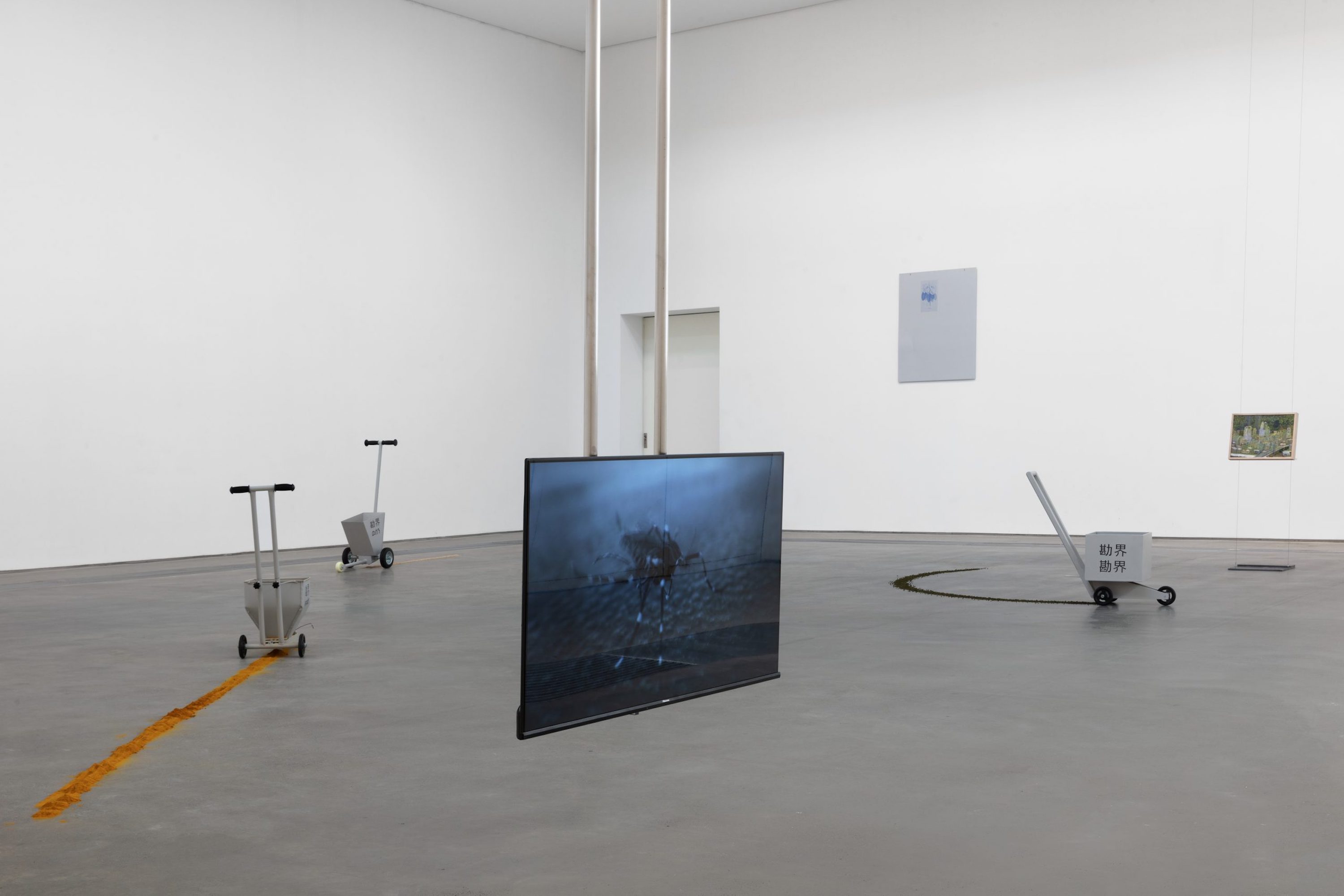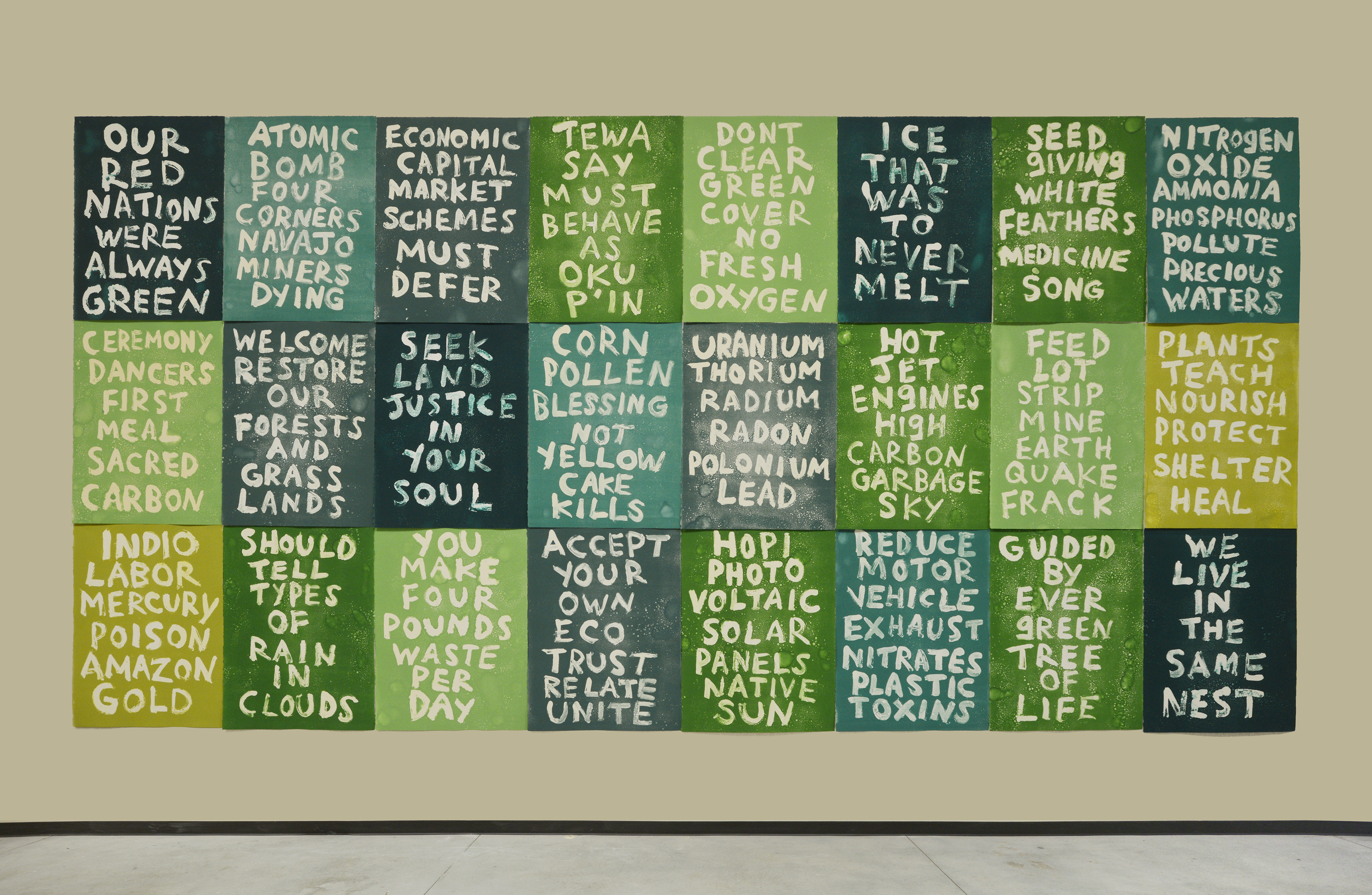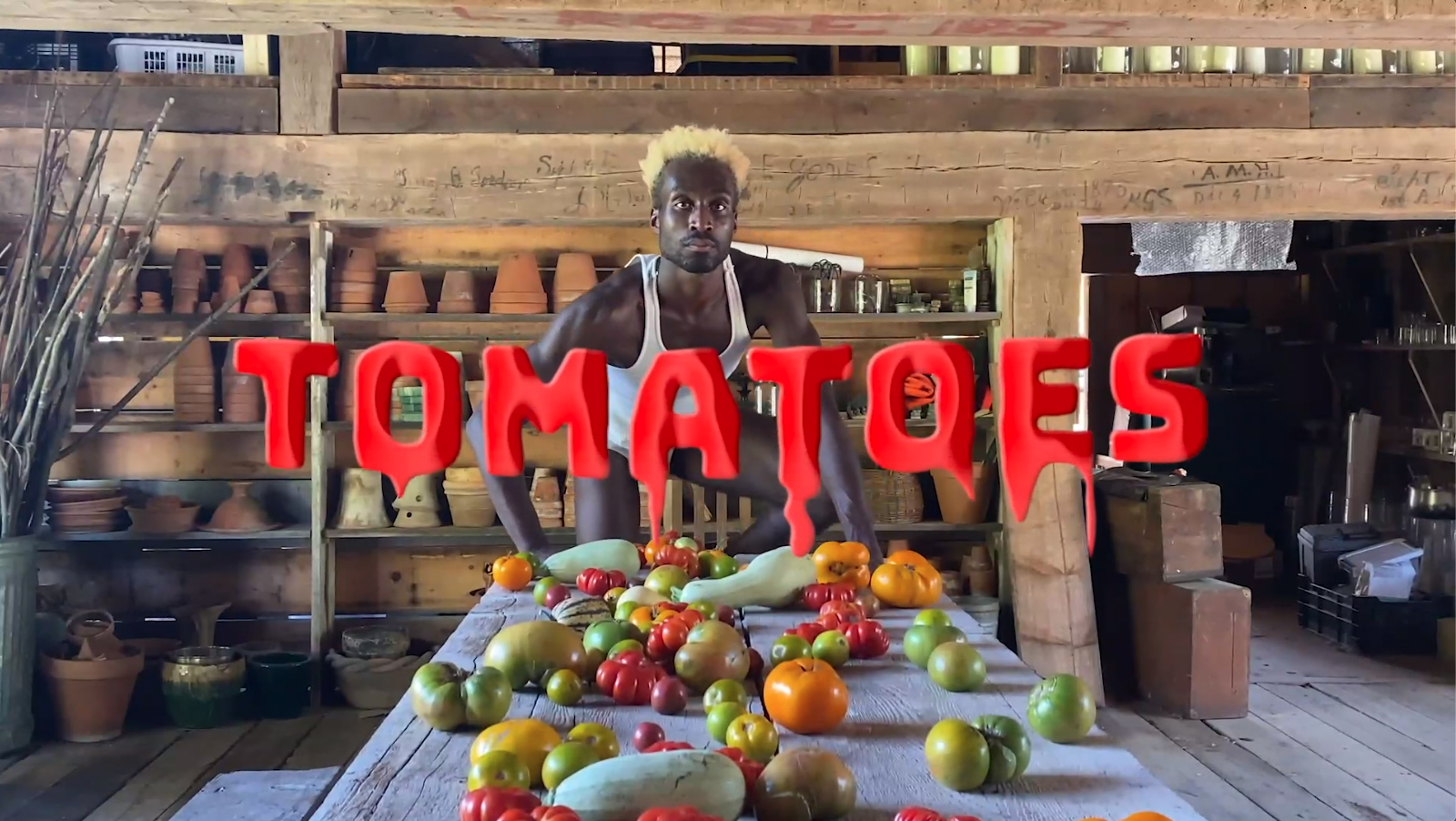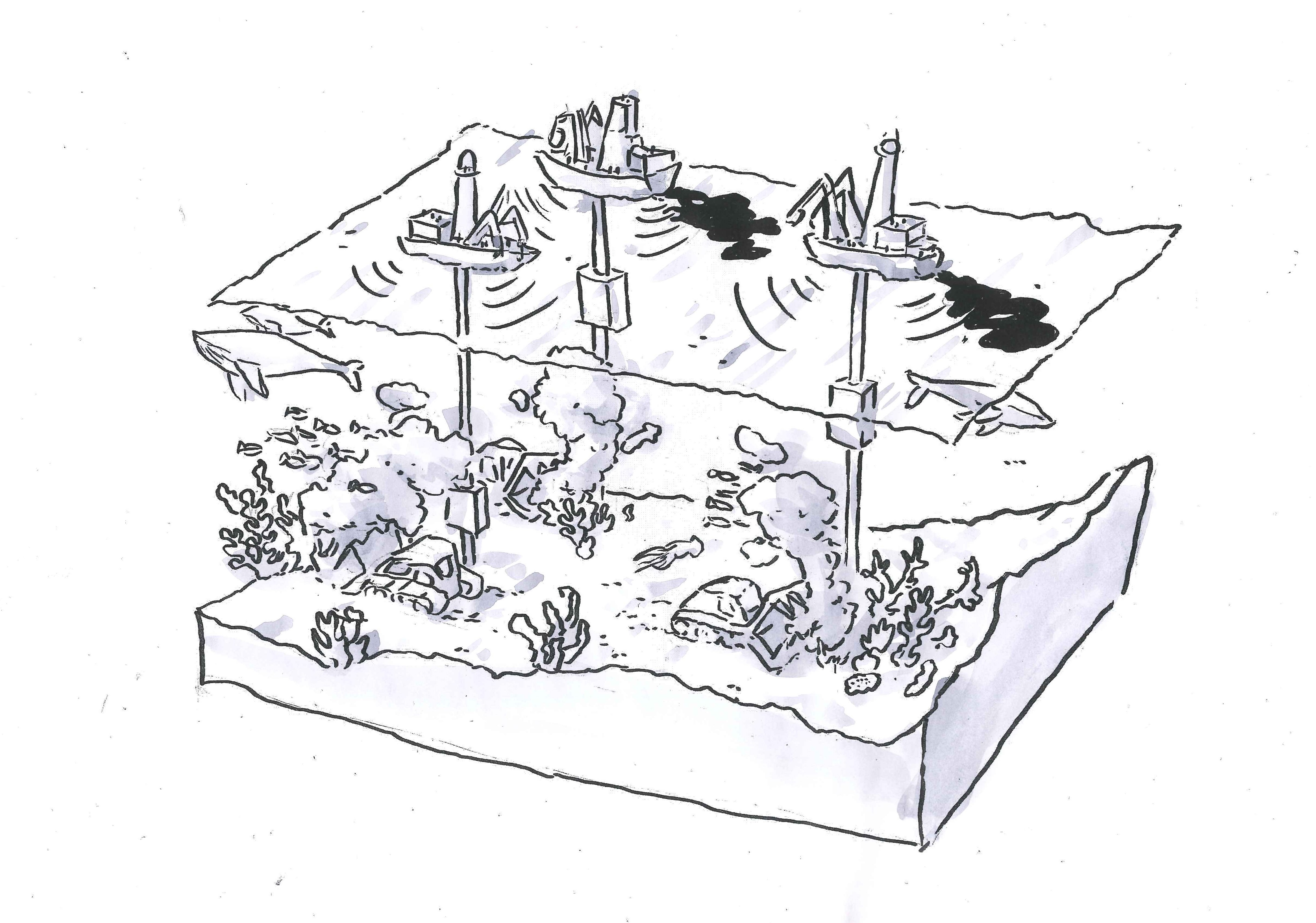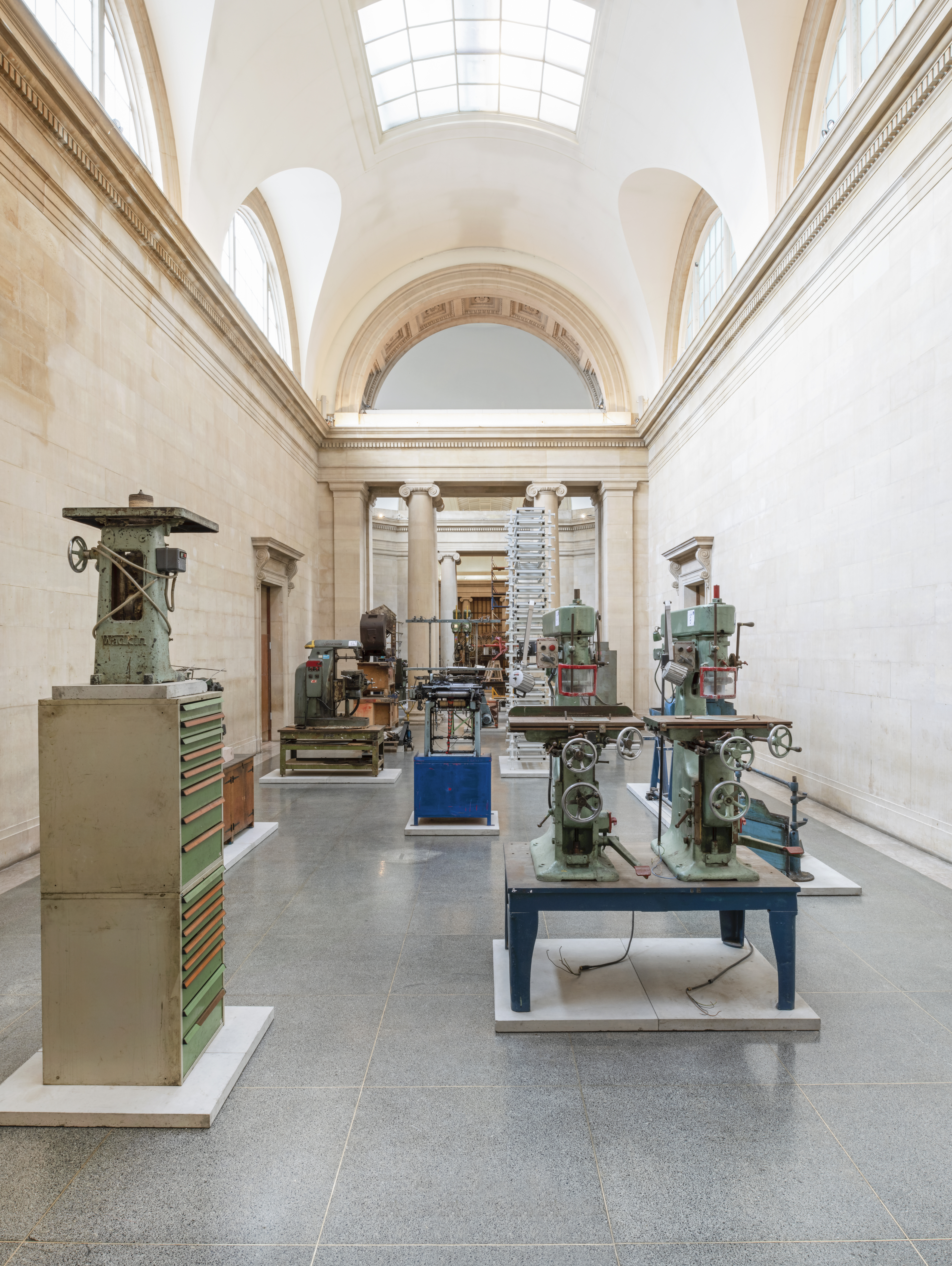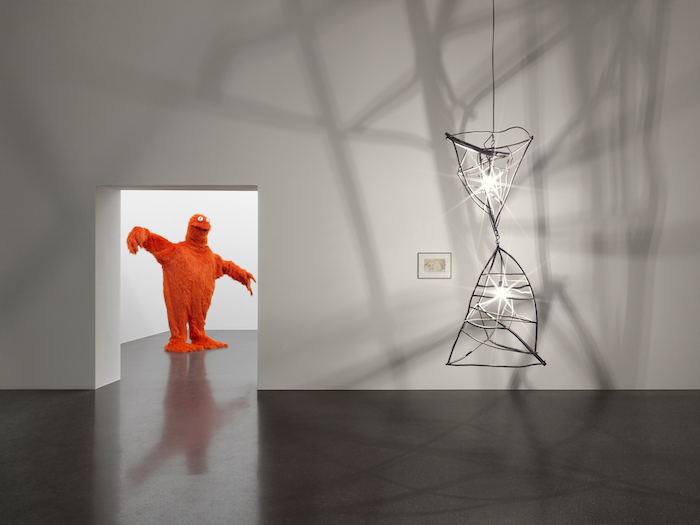April 28–June 16, 2012
The title signals the conditions: the exhibition constitutes a loose survey of Mark Dion’s sculptural production dating back more than two decades. And, as evidenced by the ten three-dimensional works, Dion has arranged a world of found objects into scenarios investigating our reality in literal ways. But this description falters: “our reality” is a bit of a stretch, since Dion’s references span fields both broad and narrow—including primarily environmental but also social, political, and art-specific issues. Although the subject matter can feel a bit cumbersome for viewers attuned to sculptural traditions that use found objects in more abstract ways—either in terms of assemblage’s hectic reorganization of materials or the readymade gesture’s transformative effect on use and value—it can nevertheless be said that Dion has taken his responsibility as a critical member of society seriously and that his work, in some moments, offers curious aesthetic expressions.
Vocabulary Lesson for an Election Year (1988), the earliest work in the show, best exemplifies how Dion runs the risk of pedantry; however, the work could also be said to thematize that dynamic by addressing the viewer as a citizen and as a spectator. A notebook lies open on a schoolroom desk. The page is filled with handwritten text regurgitating what is written on a chalkboard standing before it: “SPECIAL INTEREST GROUPS,” it reads, followed by a list of all those apparently deemed to be outside of the mainstream population during Ronald Reagan’s two terms as president. On the wall to the right hangs a Rand McNally Cosmopolitan Map. Though drawing lines of travel between distant ends of the earth, given the placement of the United States smack in the middle, the map, like Dion’s politics in general, is Amerocentric.
In contrast, in part for evoking a subtext of internationalism, Flamingo (2002) could serve as an example of Dion’s work that touches on a recurrent trend in sculpture of (at least) the last decade. Formally, the work is relatively simple; it consists of a taxidermy flamingo, painted black with tar and mounted atop the wooden crate in which it is (or at least feigns to be) shipped from exhibition to exhibition—as evidenced by the sender-receiver information painted on one side of the crate: from Galerie Christian Nagel to the Musée océanographique de Monaco. Similar crates have appeared in installations by artists from Franz West to Blake Rayne, conceivably as a means of drawing attention to the influential effect on the work of its passage through physical and commercial terrain.
Another work in the exhibition dealing with both the politics of display and the natural world is Against Nature: a Confectionary Model (2009), made by the artist in collaboration with Dana Sherwood. It consists of three tiers of glass vitrines—with two dessert stands on top of this constructed stack—filled with fake confectionaries onset by beetles and butterflies. As they are color-coded by the tier that they comprise, the confectionaries create a quite pronounced, and open-ended, formal play.
In fact, most of the works included in the exhibition make use of the organizational structure of the collection. From a bag overflowing with painted handiwork tools, as in F.B.I. Tool Bag of Dirty Tricks (1991), to a board hung completely with key rings, as in 1600 Pennsylvania Avenue (2004), to a wooden chest brimming with toy guns, as in Toy Box (2008)—Dion has clearly used this method of organizing objects so as to put their basic likenesses and nuanced differences to the service of larger narratives. In the three respective works, those are: Watergate, White House secrets, and terrorism in the U.S. Moreover, by treating contemporary society together with the natural world through the form of the collection, Dion’s work clearly speaks the language of the natural history museum: casting an analytical eye on the science of life.
Thirst for Knowledge (2003), another collaborative work—in this case, with his art school classmate Jackie McAllister—is also an example of Dion’s work at its most literal. Using books, jackets, shoes, and other assorted accessories, Dion and McAllister attempted to caricature art school students—from the macho painter to the theory student, from the feminist to the activist, etc. While the stereotypes in themselves do relatively little to captivate viewers, the ensembles nevertheless create a significant impression; from the relatively straightforward arrangements of objects, it is possible to conceive of real individuals, who would have had specific motivations. In this way, mere objects, discarded and discrete as they are, can speak to circumstances that are both much broader and, in Dion’s eyes, more essential than the materials themselves.
